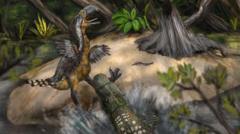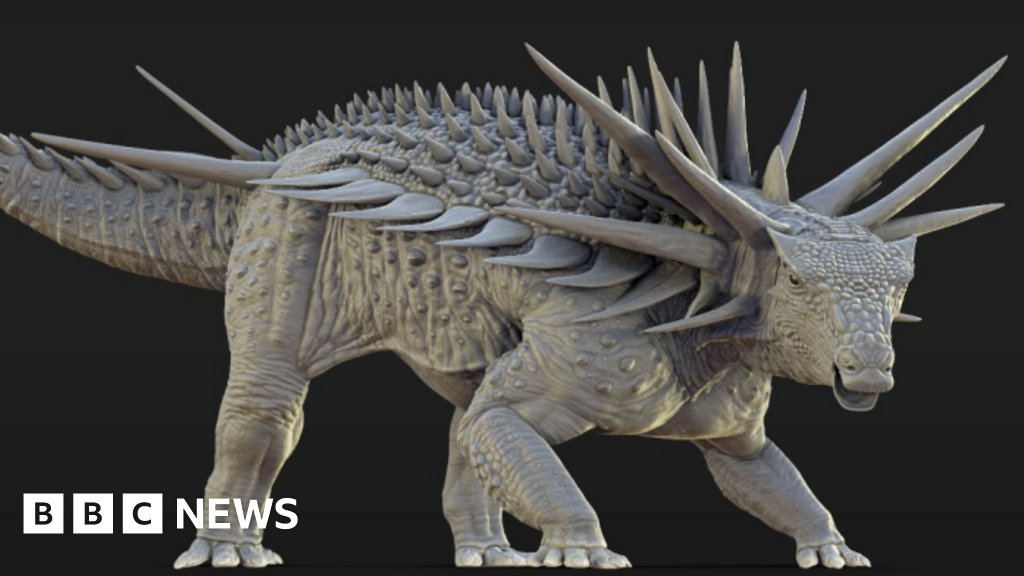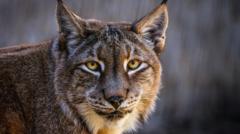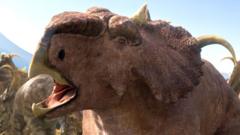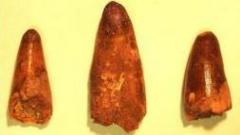In a striking discovery, researchers have highlighted a fierce competition among ancient predators in a humid Miocene landscape of Colombia, revealing insights into an environment dominated by powerful species. The analysis focused on a well-preserved fossil—specifically, a substantial leg bone belonging to a terror bird, an avian giant that roamed the earth approximately 13 million years ago. This finding indicates that the terror bird likely met its demise during an encounter with a fearsome predator, a massive caiman-like reptile.
Palaeontologists discovered the leg bone in the Tatacoa Desert, an area rich in fossilized remains from an era when the region was a lush swamp teeming with life. The bone, first uncovered over 15 years ago by local fossil enthusiast César Augusto Perdomo, presented distinct teeth marks that have now been matched with those of Purussaurus neivensis, an extinct aquatic reptile known for its remarkable size, potentially reaching lengths of five meters.
This recent study, published in the journal Biology Letters, utilized advanced 3D digital scans of the teeth marks to recreate an encounter that scientists believe may have resulted in a "battle to the death" for the terror bird. Lead researcher Andres Link from the Universidad de Los Andes elucidated that the lack of healing on the bite marks suggests the bird likely succumbed during the attack, making it a critical piece of evidence regarding predator interactions from a time long past.
Dr. Link further expressed his excitement over the implications of this finding, stating, “Every piece of a body helps us to understand so much about life on the planet in the past.” The preserved remains in the Tatacoa Desert provide remarkable insights into the ancient ecosystem, suggesting that terror birds, previously thought to be apex predators with limited threats, were indeed vulnerable to other formidable carnivores.
As scientists continue to collaborate with local fossil collectors like Perdomo, the study of these fossils not only illuminates the past but also underscores the rich natural history that Colombia holds, marking the importance of preserving such biological heritage for future generations.

